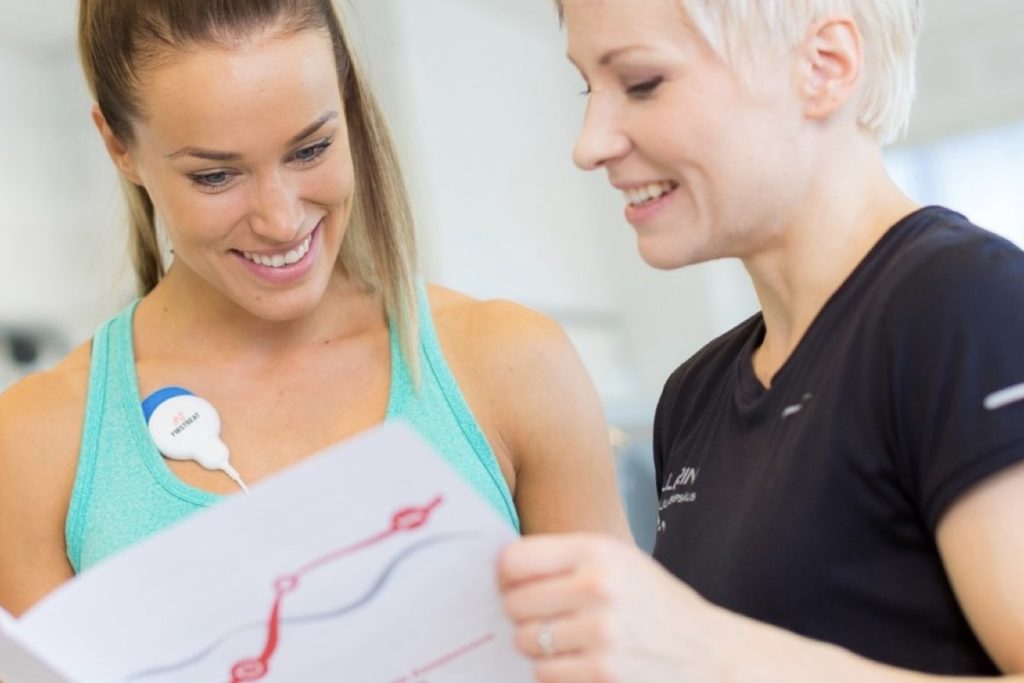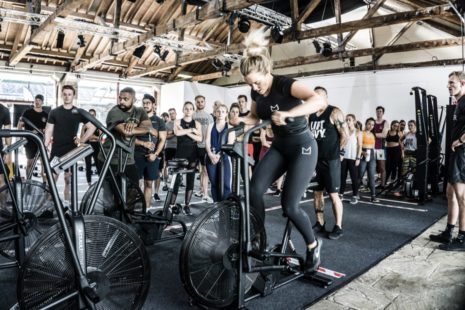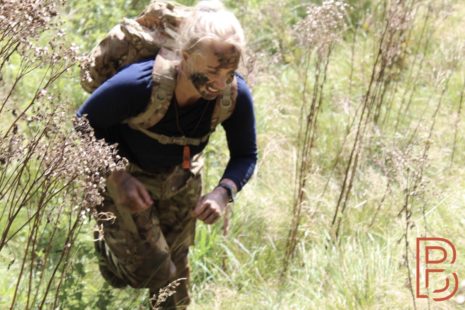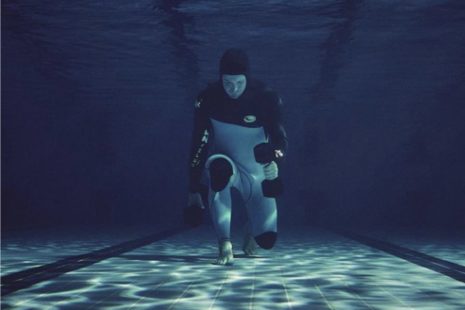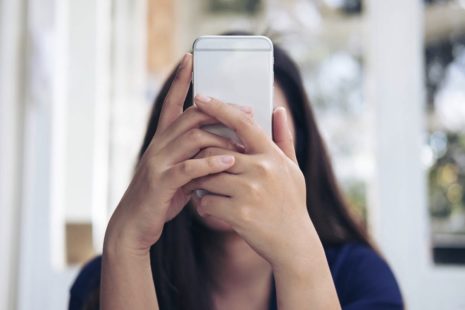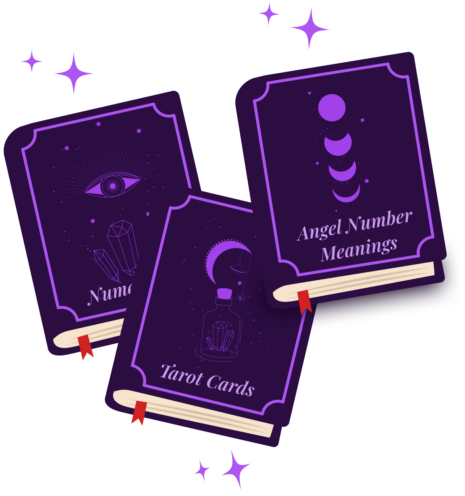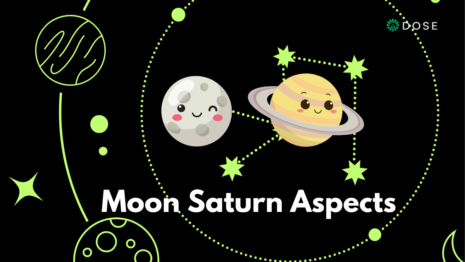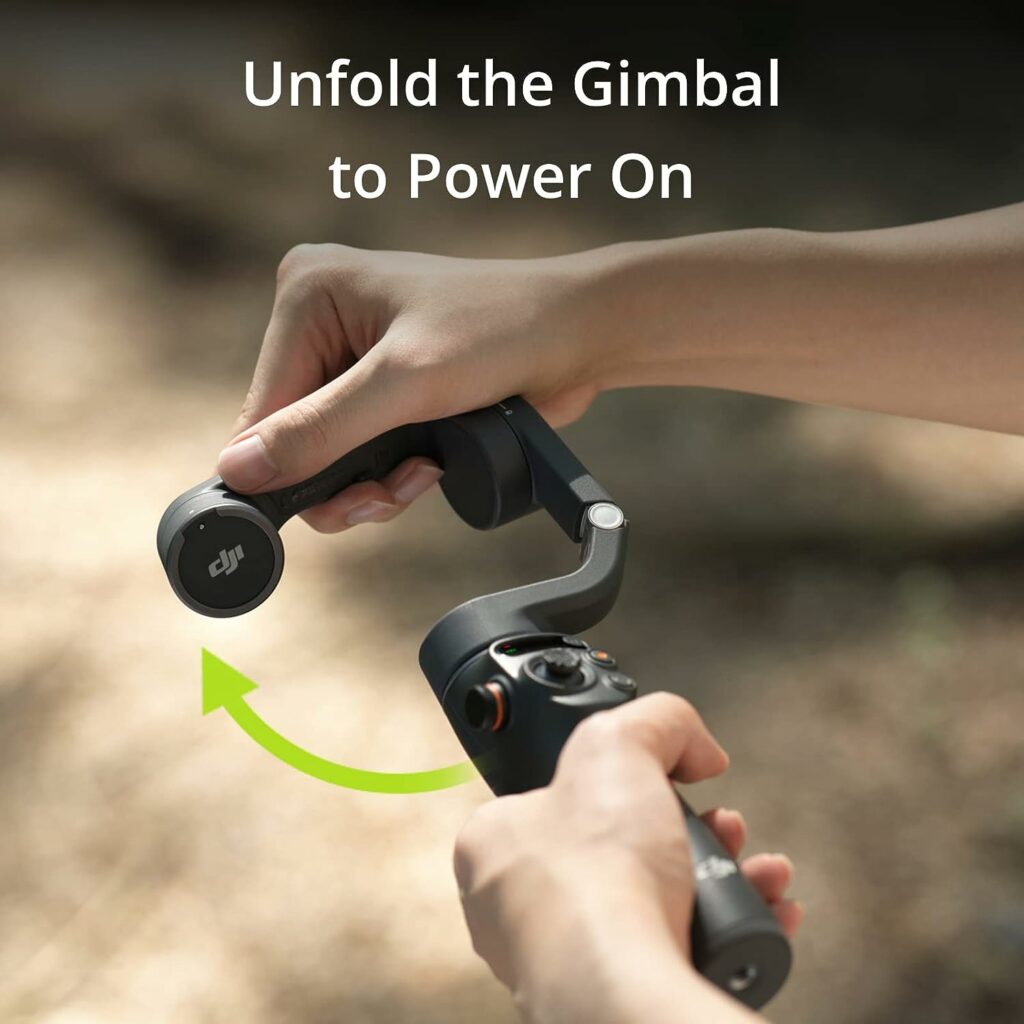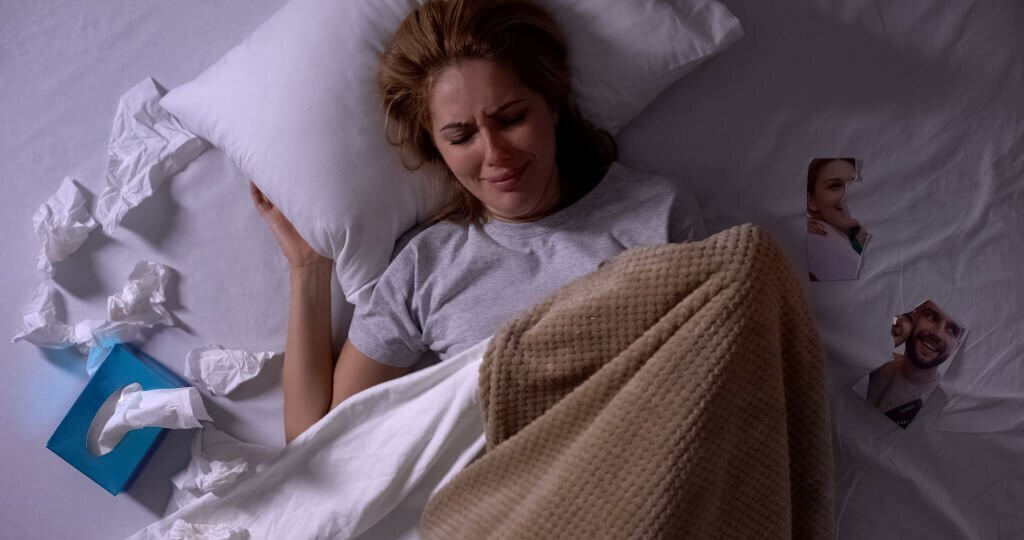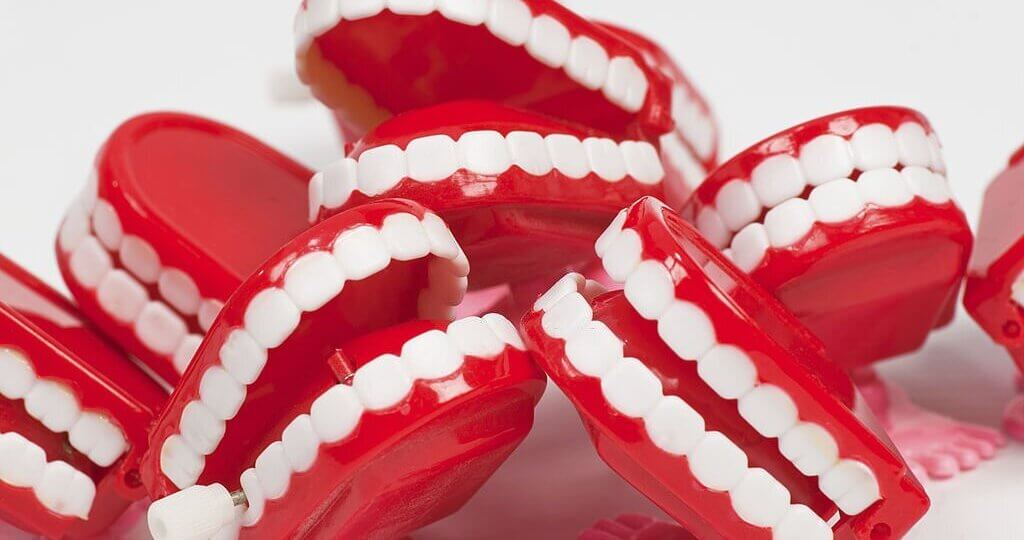Are you more of a dopamine machine than a serotonin seeker? Hettie undergoes a psychological assessment with the help of positive leadership psychologist Cornelia Lucey to analyse her stress to rest ratio…
I’m half way through an important meeting, when I feel that all familiar vibration. And no, it’s not my mum checking in to see how I am, but it might as well be. It has been 20 minutes since I last moved and this bossy wearable is demanding me to perform what appears to be, star jumps. This is hardly the time to be making a spectacle of myself… but I suppose it has my best interests at heart.
Who else is going to reward my paltry 10,000 steps with a burst of celebratory fireworks, or compare my weekly walking summary to the annual trip emperor penguins make to their breeding ground (70 miles, in case you were wondering). One for the badge and trophy collection. I seem to be racking up a few…
But while my beloved Fitbit has my physiology down to a T, it has no idea how I am feeling or how ‘well’ I am psychologically speaking. Enter First Beat. A professional grade coaching tool that transforms heartbeat data into personalised insights on exercise, sleep and stress. It was originally designed for athletes to stop them from overtraining but I am lucky enough to get my hands on one thanks to positive leadership psychologist Cornelia Lucey.
Over the next three days, I will be strapped to a medical-grade ECG, that will assess my heart’s response to and recovery from, “stressors”, whether at work or play. Yes, socialising can be ‘stressful’ too apparently.
Good stress vs bad stress
“Stress can be positive,” Cornelia explains. “The perception of stress can vary significantly between individuals. Internal stress factors include lack of sleep, use of alcohol and poor nutrition. External stress factors include stress related to work, financial issues, and social relationships. But stress management training and learning to cope with stress-related thoughts and feelings can have a tremendous effect in reducing internal stress levels.”
Here goes…
First Beat assessment
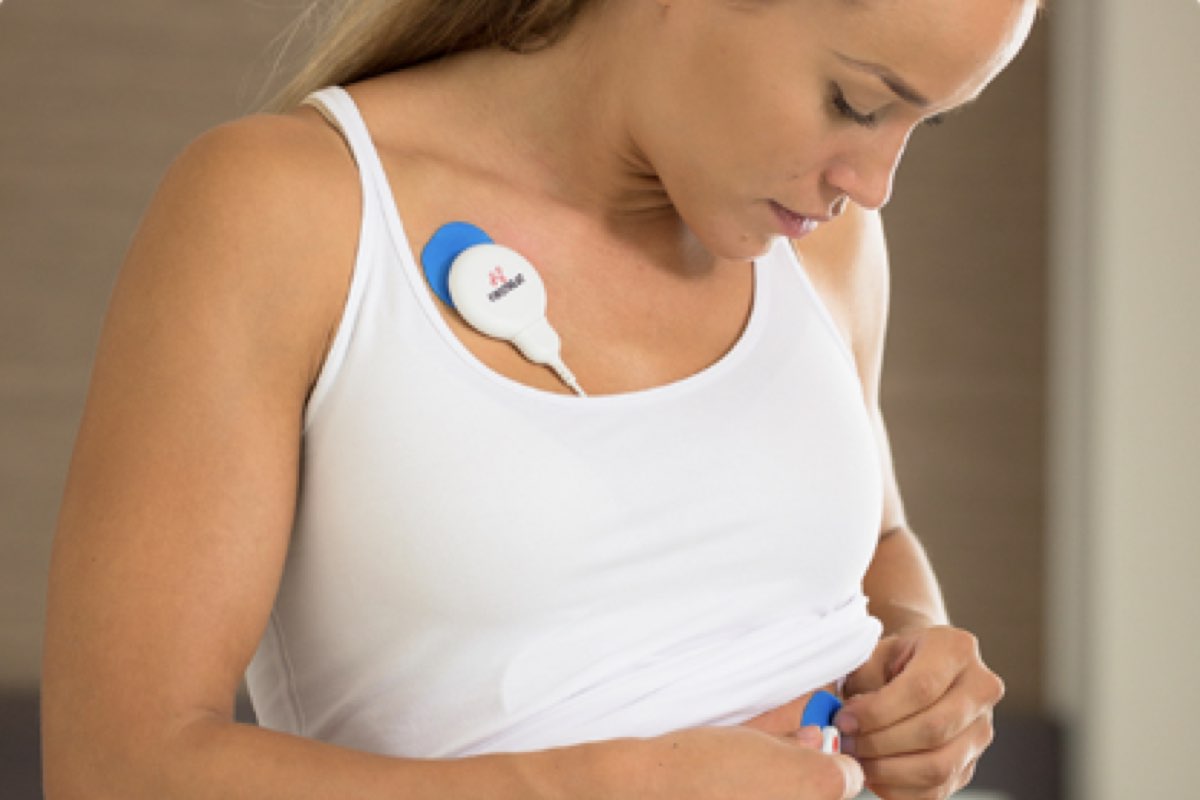
Thursday
I wire myself up to a couple of probes and stick them to my body with adhesive patches. A green light flashes beneath my top, signalling that I am ‘on’. I log some personal data (height, weight etc.) and fill out a questionnaire. Do I think I am physically healthy enough to get health benefits? Partially agree. Do I feel that I sleep enough? Completely disagree. Do I usually feel rested and energetic? Partially disagree… And so on. It appears that I am already pretty in tune with my imbalances, but they most certainly need addressing.
I spend the day as usual tapping on my laptop, pausing for breaks to walk a hyperactive spaniel. Later that afternoon, I head to Barry’s Bootcamp but the adhesive patches don’t stand a chance in Louis Rennocks’ class. By the final sprint the device has slipped off completely and is in danger of getting churned up in the treadmill. I keep it off whilst I have a shower, replace the patches and finish off some work, before heading out to meet friends at London Grind.
Four hours and copious amounts of wine later, I fall into bed and sleep like the dead. According to my Fitbit, I manage a measly 6 hours with no REM. Nowhere near my target of 8 hours, but then again, this seems to be the average these days…
Friday
The next morning, I am locked in email hell between 8am and 1pm then spend an hour ferrying my pampered pooch to a dog walker in Battersea, before returning to Holborn for a meeting.
I spend a stimulating afternoon working with my business partner, before linking up with my husband for dinner at a friend’s house. That evening I sleep even less according to my Fitbit. 4 hours 57 minutes – appalling.
Saturday
My morning is spent walking the dog, husband in tow, pain au chocolate in hand, before making my way to a TRX class at Heartcore. Despite the vigorous battle rope throwing, the adhesive patches stay firmly in place.
After a quick juice with a friend after class, I return home for an evening of studying with a glass of red and a spaniel for company, while my husband spends a night out with friends. Despite going to bed after 1am, I manage to sleep for 7 hours with 28% R.E.M.
By Sunday morning, I am rather relieved to peel off the sticky patches for good. I finish logging my activities and post the device back to the lab.
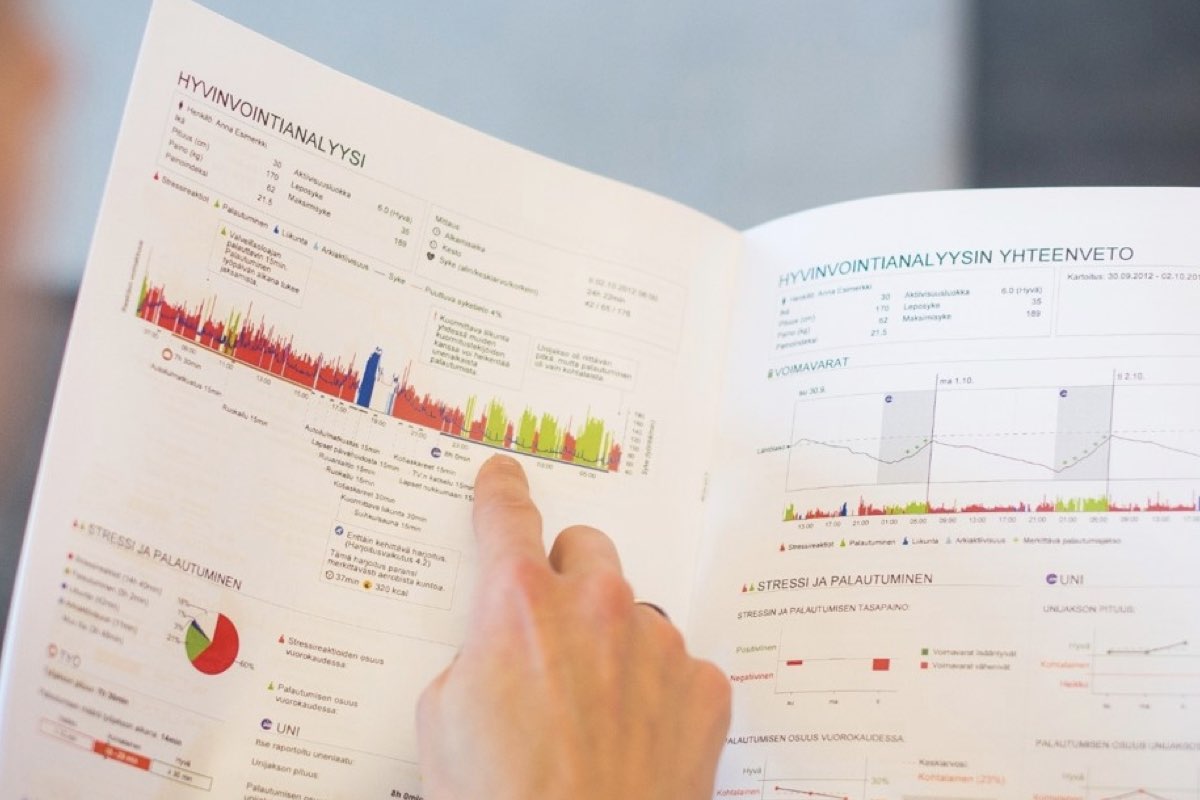
The results
A week later, I meet with Psychologist Cornelia Lucey ironically at London Grind… the place where things started to go pear shaped on Thursday. I ponder whether this is some sort of psychological experiment but it just so happens that her office is nearby.
We go over the questionnaire that I completed at the beginning. Do I think I am physically healthy enough to get health benefits? Partially agree. Do I feel that I sleep enough? Completely disagree. Do I usually feel rested and energetic? Partially disagree. No change there then.
Next, I’m shown a graph detailing Thursday’s activity. It kicks off with a chunk of green, punctuated by some red, then blue for a condensed period and red again from 7pm right through to the following morning. What could this mean? My stress and recovery balance is 28/100 – shit basically.
“We want to be aiming for 60 upwards…” says Cornelia, sympathetically.
Trying to lighten the mood, she points to the section of green between 7am and 9am. “You seem very rested here. Do you start your day with meditation?”
I explain that this is usually the time I take my dog for a loop of Hyde park, which as the graph explains, is doing wonders for my rest and recovery. “I think she’s your secret weapon”, says Cornelia with a knowing smile.
As we move throughout the day, we see a prolonged section of red, which they assure me is all “very normal” for a stimulating working day, then a big blast of blue thanks to that Barry’s class, which scores me a whopping 99/100 for physical activity. But apparently this score isn’t just from the class but a combination of light, moderate and vigorous activity throughout the day, thanks to all the dog walking.
We skip over energy expenditure, “these stats are more relevant for athletes”, Cornelia says.
So what’s letting the side down? Sleep. The restorative effect of my sleep came in at an appalling 6/100. At 5 hours 31 minutes, the length of sleep was moderate, but the amount of recovery during sleep came in at a mere 1% and the quality of recovery based on my heart rate variability was low. It doesn’t take a genius to see that a large amount of alcohol coupled with a demanding workout before bed has weakened my recovery during sleep significantly.
Bizarrely, the graph shows that 15 minutes with the strongest stress reactions was when I saw my friends. So hang on a minute, do they make me stressed?
“It is important to note that stress is not always harmful. Stress can be positive or negative. It might be that you’re experiencing something exciting or joyful. However high stress indicators over a long period of time negatively impact personal well-being and health.”
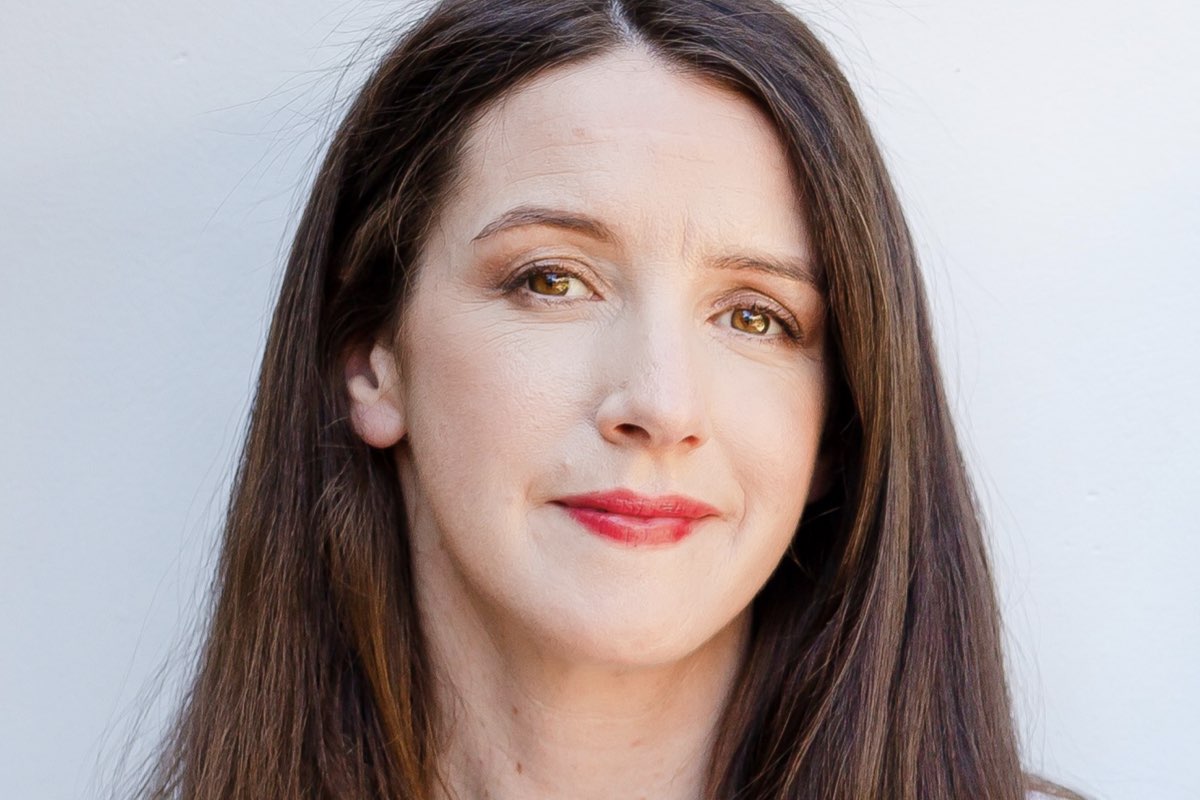
As for Friday, the graph alternates between green and red for most of the day. Lots of green is shown for whenever I’m walking my dog with moderate ‘good’ stress levels shown during work and social activity.
My stress recovery balance on this day was 26/100. Still very poor. My restorative sleep quality shows 17/100 with the amount of recovery during sleep coming in at 23%. Worse still, my physical activity is 19/10”, thanks low energy levels, most definitely from the hangover.
“Again, alcohol is weakening recovery sleep here. But we are beginning to see bursts of green signalling some recovery time”, Cornelia says, reassuringly.
According to my Fitbit, I spent 49 minutes in R.E.M – a significant improvement from the deep, dead sleep the night before, but still not great.
Come Saturday things are looking up. The graph shows a solid block of green between 6am – 10am thanks to a merry mix of husband, puppy and undoubtedly that pain au chocolate. We see a nice chunk of blue for that TRX class, some intermittent red throughout the day and an almighty chunk of green from 10pm all the way through to 7am the next morning.
Strangely enough, this was when I was studying for an exam at home, reading books instead of staring into computer screens. When analysing the results, Cornelia presents me with a score that is almost unheard of. 100/100 for stress and recovery balance. Wow.
The result of good rest and recovery both during the day and at night. A good amount of physical activity, relaxing activity before bedtime and a solid night sleep with over 2 hours of REM.
Stress recovery balance
For the 3 days, my overall score for stress recovery balance comes in at 51/100 (average is 59/100 for my age) and 32/100 for restorative effect of sleep (average is 64/100). But the results really come as no surprise.

Conclusion
While my Fitbit is great for providing ‘in the moment’ data, it lacks the contextual depth and the scientific validity of First Beat. But having tested both, they appear to compliment each other rather well. Fitbit is like the ever-present parent that holds the hard facts about my physiological state. First Beat however is more like the best friend connecting the dots on my psychological and emotional wellbeing.
It knows that while I told mum I had 4 units of alcohol I really had 12 because I had a terrible night sleep. That getting a dog was worth the half-eaten furniture and vet bills, and living a detox/retox lifestyle without enough rest, is the worst thing I could be doing for my wellbeing.
At £280 a pop, the service isn’t cheap but it suits anyone looking to identify moments of stress and recovery in their day to help establish better and more balanced lifestyle patterns. All the graphs and talk of parasympathetic versus sympathetic division activity can be a little confusing at times, so I’m glad I had the support of Cornelia to guide me through.
By the end of the assessment, it all appears very clear. ‘Good stress’, i.e. things that leave me feeling energised, empowered and intellectually invigorated, like seeing friends or working with my business partner to meet a deadline, combined with restful activity such as walking my dog and even the odd glass of wine, makes for a happy balance. But throw a night of heavy drinking after a physically demanding workout in the mix and my wellbeing is severely compromised. I guess it’s all about finding the right balance, or should I say… the right ‘dose’.
First Beat analysis and coaching for individuals starts from £280. Groups and corporate clients: price on application. Includes a pre-briefing on the assessment. The assessment is delivered to your home, and the post coaching session can be over skype/ phone or in person.
Cornelia Lucey is a Positive Psychologist, leadership expert and author. She specialises in helping people to enhance their wellbeing, build resilience and maximise their leadership potential.
This article was originally written in 2017
Related Posts:
- Natural Tips to Release/Boost Dopamine Instantly
- How To Increase Dopamine: The 'Motivation Molecule'
- What Is Dopamine Fasting And How Can It Make Us Happier?
- How To Increase Serotonin: The 'Happy Hormone'
- The Happy Hormones: Your Guide To Feeling Good
- A Positive Psychologist on the power of happy hormones
